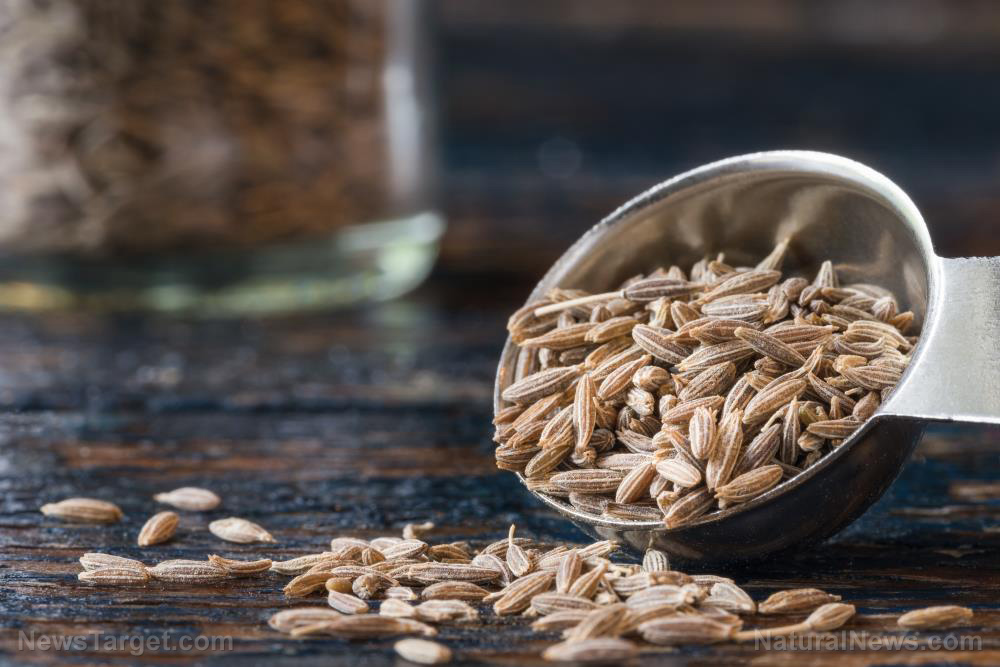One of the insurmountable problems with hormone replacement therapy is that when you replace a hormone you risk feeding the underlying glandular deficiency. Another approach is worth considering...
(Article republished from
GreenMedInfo.com)
In the exuberance associated with the idea of overcoming age-associated declines in sexual, cognitive, skeletal, cardiovascular, etc. function, with both synthetic and bioidentical hormones, the hormone replacement advocates have often neglected to educate their patients to several unintended, adverse effects of
hormone replacement therapy (HRT):
1) the endocrine system has a negative feedback loop which guarantees that with time the body's ability to produce adequate quantities of the very hormones being targeted for replacement
will decline, resulting in the development of biological dependency on an external source of hormones -- not exactly a picture of empowerment.
2) increasing levels of the target hormones will also result in increased production and possible accumulation of hormone metabolites with potentially toxic, as well as carcinogenic effects, e.g. estradiol turns to 16-hyroxyestrone, a potential carcinogen. While these risks may be outweighed by the benefits, and many of these risks can be reduced through dietary and supplemental regimes and plenty of vigilant clinical surveillance, the point is that HRT is not without its problems and limitations. Which brings us to an entirely different approach (one, no doubt, used for thousands of years), using foods and spices as our medicine....
Cumin Is As Potent As Estrogen In Preserving Bone Health
The human fascination with spices is as old as cultural time itself. There is an obvious beauty to the various aromas and flavors these plant extracts express (have you smelled cumin lately?), and undoubtedly these qualities first drew us closer to them. But, our primordial relationship with them involves much more than aesthetic infatuation. Spices are the original food-medicines that were worth their weight (or more) in gold because they were capable of both improving the quality, and prolonging the length of human life.
Cumin, like most spices, has a wide range of potential health benefits. Thirty of these, in fact, can be viewed on our
cumin research page. But cumin's hormone-modulating properties have only recently been confirmed through scientific research. In 2008,
a study published in the journal
Experimental Biology and Medicine demonstrated that cumin seeds were capable of inhibiting loss of bone density and strength
as effectively as estrogen in a female rat model of age-associated osteoporosis. Moreover, they found that the cumin seeds did not have estrogen’s weight-promoting and possibly carcinogenic side effect on the uterus.
[1]
Cumin seeds are actually indehiscent fruits (i.e. these fruits do not dehisce, or "burst open" at maturity) of the archene class; which means that what we think of as the cumin "seed" is actually a fruit containing a seed. It only appears like a seed because the wall of the seed-vessel hardens and encloses the seed so tightly as to appear like an outer seed coat.
.jpg)
The Farmacy of HRT Alternatives
As discussed in a previous article on pomegranate, which is the fruiting
ovary of the pomegranate plant, nature provides mammals with hormone-like or hormone-eliciting compounds which make hormone replacement therapy unnecessary. In the animal experimental model, the removal of the female ovary (ovariectomy) results in rapid onset of menopausal-type changes, e.g. loss of bone mineral density and strength, depression, midsection weight gain, etc. Pomegranate and cumin are two plant ovary-produced fruits (the first is technically classified as a berry) which may enable women to undergo the hormonal transition that attends the natural (or accelerated) tapering off of ovarian hormone production gracefully.
Other substances which have been demonstrated to have these valuable hormone-modulating properties include:
- Anthocyanins: Reduces ovariectomy-induced learning and memory problems.
- Blueberries: Reduces ovariectomy-induced cellular aging (senescence) and bone loss.
- Beans (especially soybean): Reduces ovariectomy-induced bone mineral loss.
- Ginger (Curcuma comosa): Reduces ovariectomy-induced spatial memory loss.
- EGCG (green tea polyphenol): Reduces ovariectomy-induced bone loss.
- Fennel: Reduces ovariectomy-induced bone loss.
- Genistein (found in cultured soy, coffee, red clover): Superior to bone drugs Fosomax, Evista and Estradiol in reducing loss of bone strength and quality in ovariectomized animals.
- Royal Jelly: Reduces ovariectomy-induced changes in collagen production in rat skin.
- Whey: Reduces ovariectomy-induced bone loss in rats.
- Coconut water: Reduces ovariectomy-induced neurodegeneration.
- Plums: Reduces postmenopausal and ovariectomy-induced bone loss.
- Blackberry: Prevents ovariectomy-induced bone loss.
- Black Tea: Prevents ovariectomy-induced bone loss.
Other relevant food/spice research on our database associated with hormone modulation can be found at the following sections:
We have also taken several dozen of the most commonly used culinary herbs and spices on our database and have provided a list of their composite therapeutic value for over 500 diseases. You can view the research, which took years to index, on our
Culinary Herbs and Spices page.
Read more at:
GreenMedInfo.com
 Parler
Parler Gab
Gab
.jpg)










